
"We've seen the successful marine invasion of lionfish," Reef Environmental Education Foundation Project Director Lad Akins said this week. "We certainly do not want to see it happen again with another Pacific species." Akins, a renowned expert in fish identification, confirmed the speared fish was a humpback grouper. With an array of black spots, it's also known as a panther grouper.
"This is not the first time these have been sighted in Florida," Akins said. "There have been five or six reported as far back as the 1980s, but all from different parts of the state." "The juveniles are really popular in the aquarium trade," Akins said. "It's quite likely that this is released fish."
Young humpback grouper sport a brilliant white color with an attractive spray of black spots. But they outgrow most privately owned saltwater tanks - and cast a hungry eye on other tank fish. "Just like lionfish, they are carnivores," Akins said.
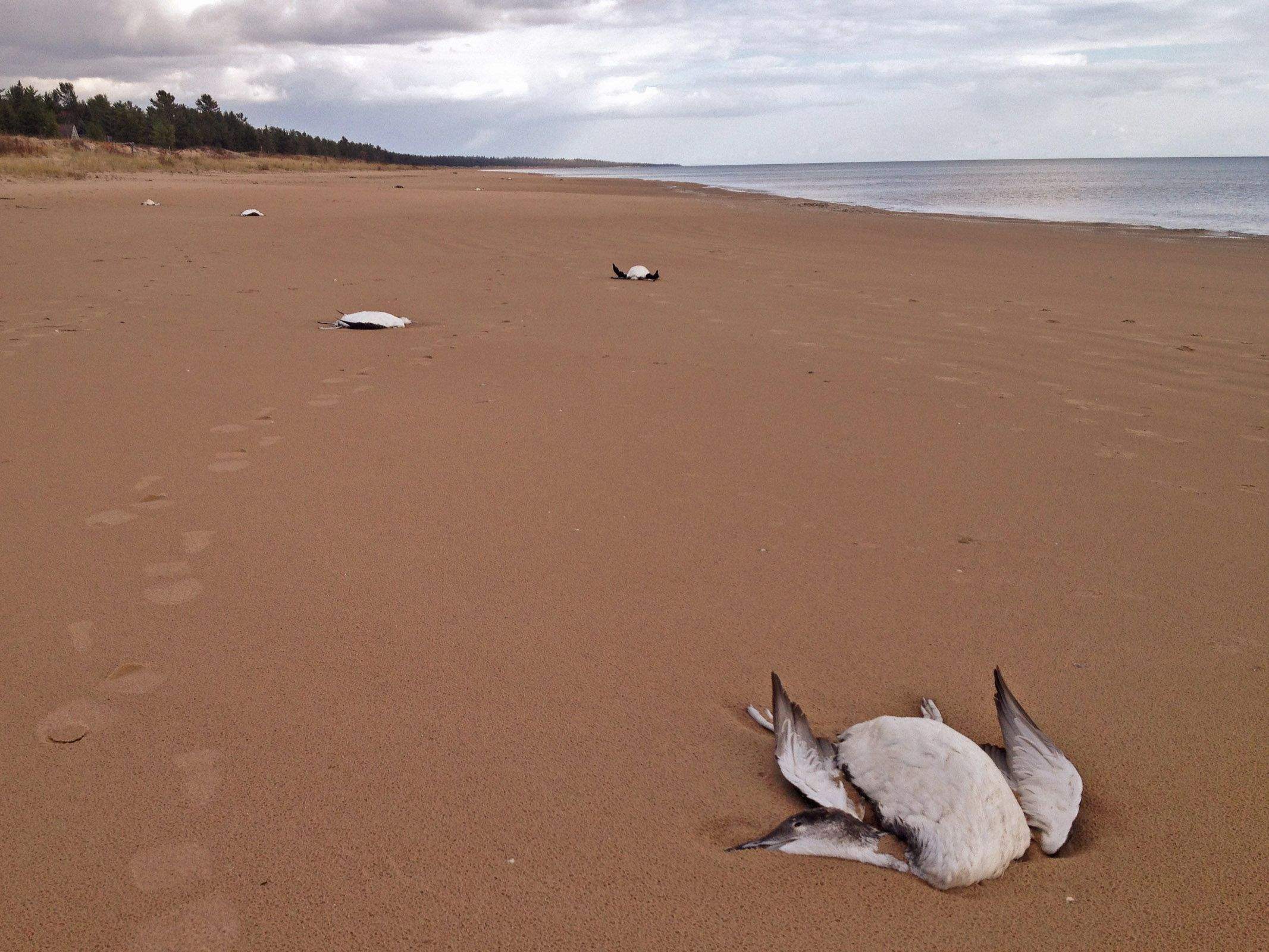

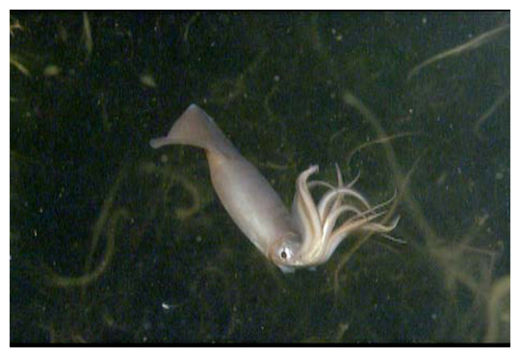


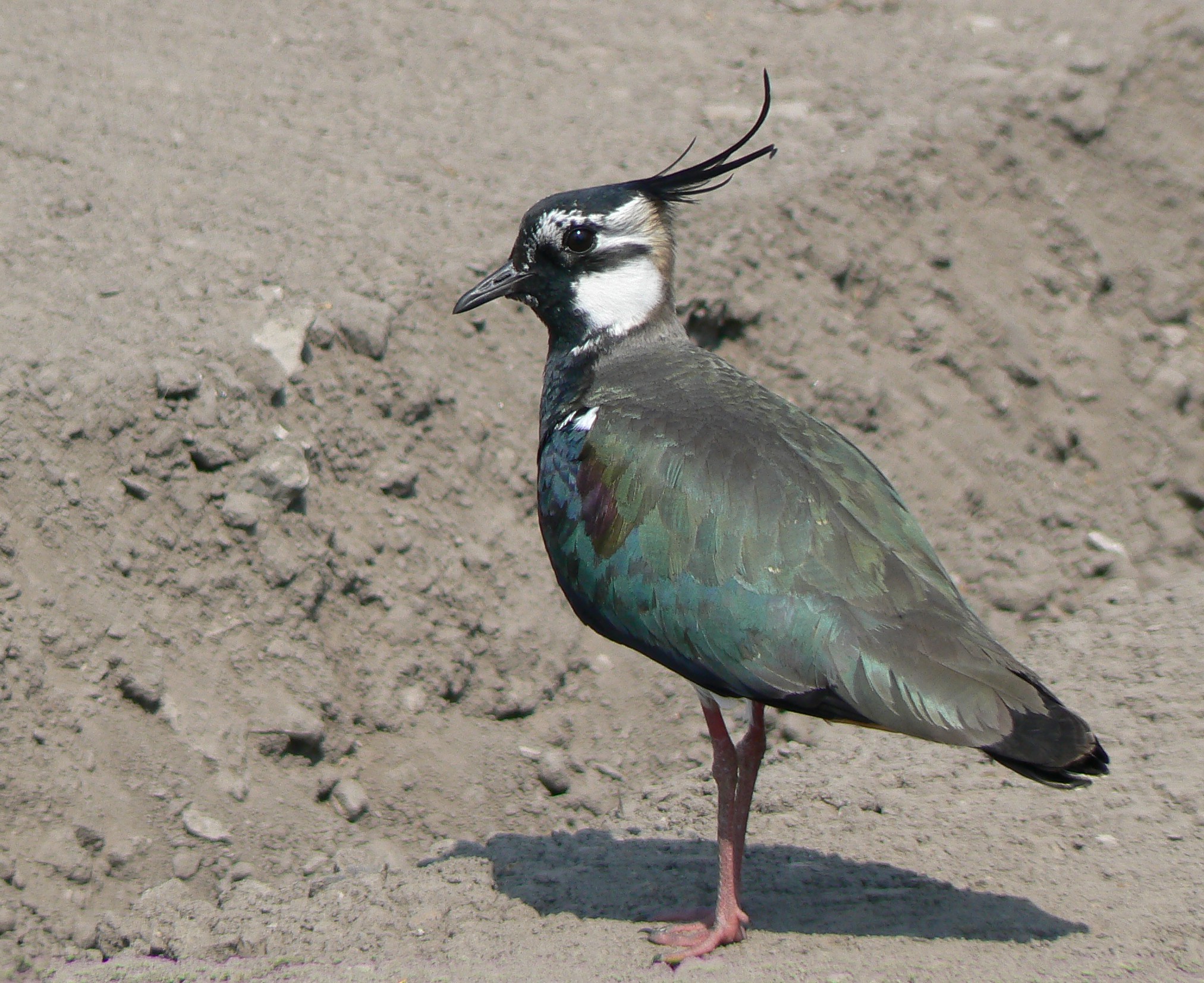
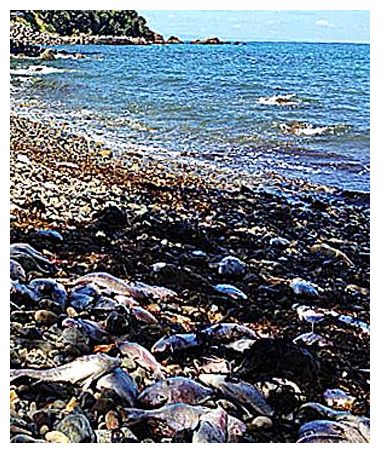
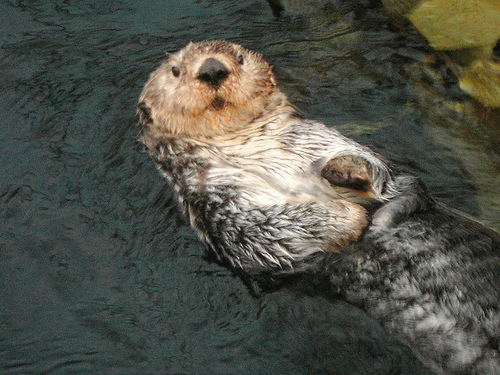
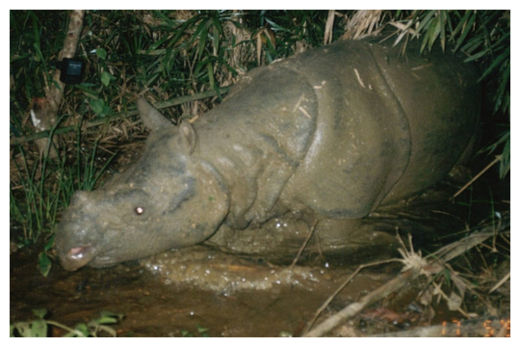



Comment: Hundreds of dead Humboldt squid washed up on beaches Sunday along Rio Del Mar in Santa Cruz County, California